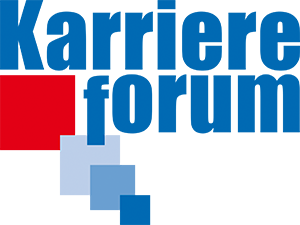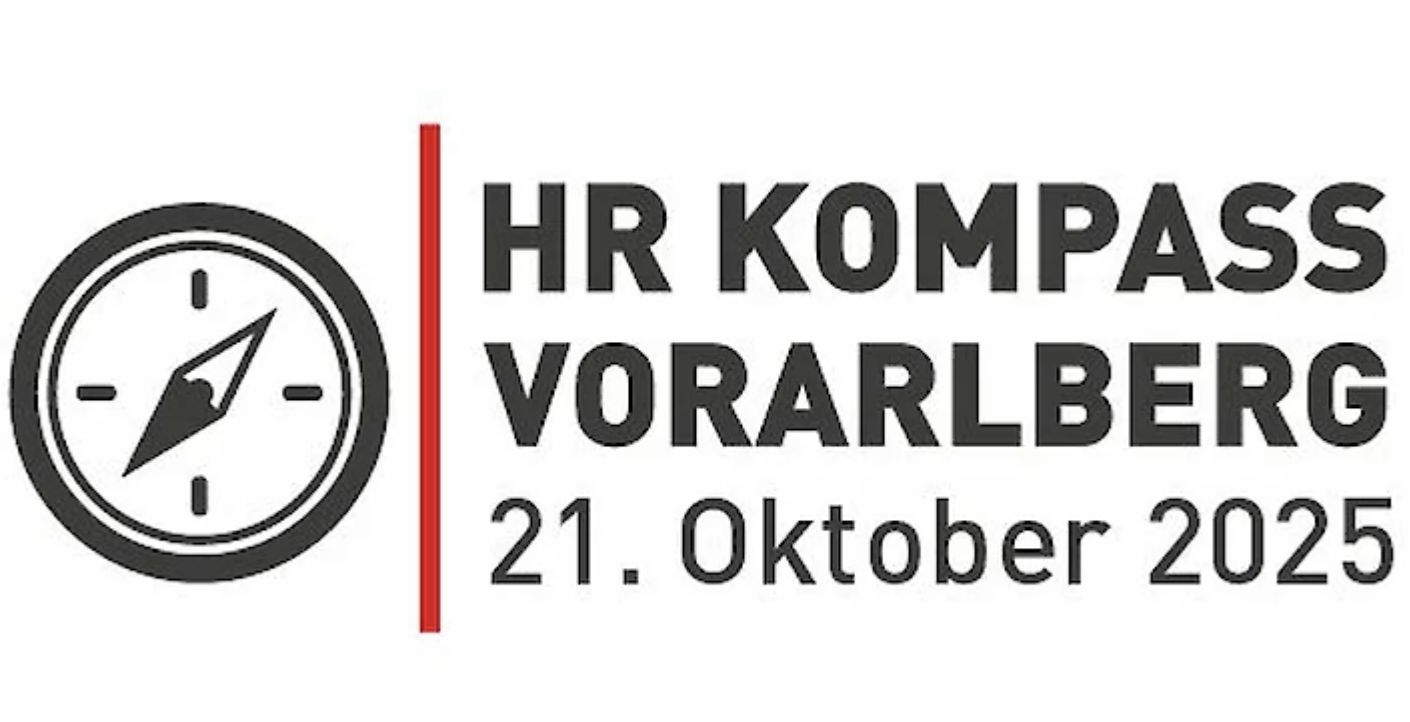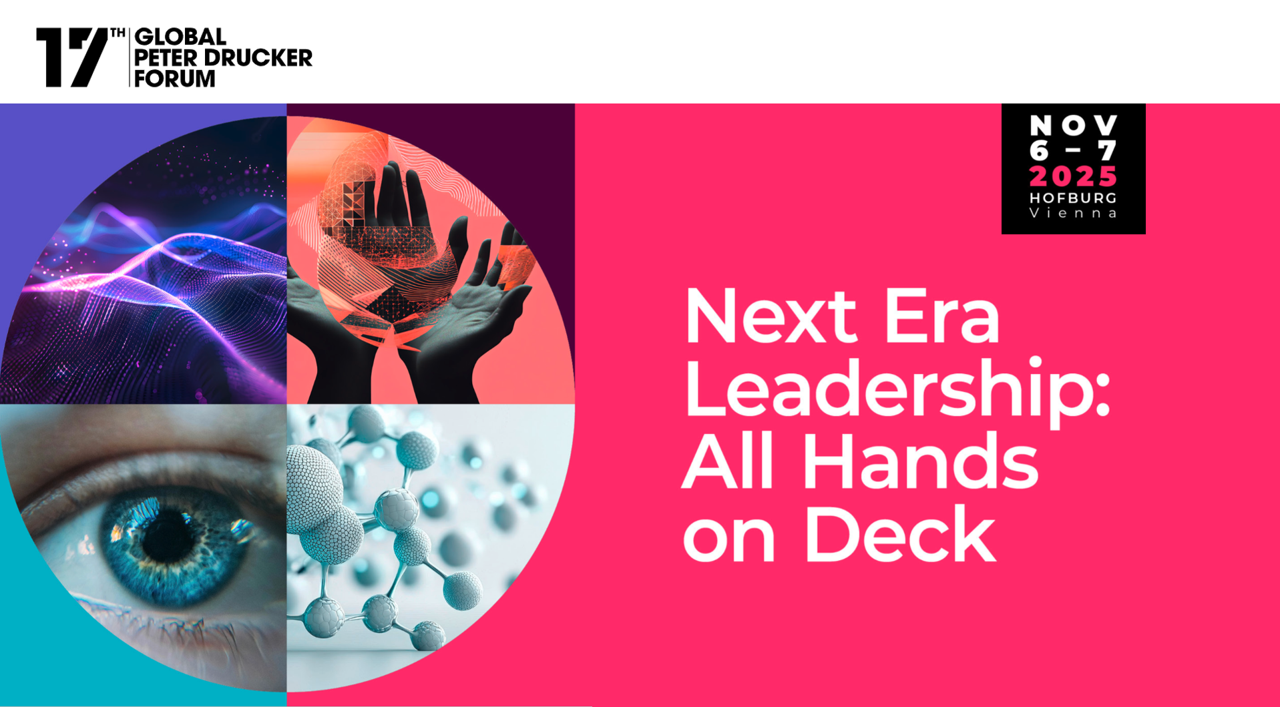Interview with Janka Krings-Klebe
Transformation and digitalization are no wizardry, says Janka Krings-Klebe, an expert in innovation management and corporate culture. As the author of an upcoming book titled “Thriving Amidst Disruption“, she aims to provide companies, particularly leaders, with ideas and principles to make their organizations more agile, resilient, and antifragile. In the interview, she explains the significance of holistic digitalization and how companies can strengthen their innovation capabilities.
xBN: Thank you for taking the time. What will your new book be about?
JKK: Our planned book is titled “Thriving Amidst Disruption” and is meant to be a kind of “Hitchhiker’s Guide to Digital Transformation.” I think many have read “The Hitchhiker’s Guide to the Galaxy,” which is a guide on how to travel through the universe and everything you need to know about it. In our book, we aim to provide companies, especially leaders, not with methods but with ideas and principles to make their organizations more agile, robust, resilient, and ultimately antifragile. Antifragile here means developing strength from coping with crises.
xBN: Many companies struggle to advance their own modernization. At the recent Global Peter Drucker Forum, the question of why digital transformation takes so long was discussed. Many admit feeling overwhelmed because they believe they don’t understand digital concepts well enough and fear consequential misjudgments. Will your book help with this?
JKK: Yes, the book will be a guide. We show that digital transformation is different from “classical” change topics, where it might be about introducing a new manufacturing process. Those are all methodical topics, and much can be learned from best practices. Yes, you have to get used to a few new processes, but overall, such changes are manageable nowadays. Digital transformation goes beyond simply digitizing processes. It means fundamentally rethinking the way I do business.
If I still use a paper road map to plan my route today, it could very well be a reason for divorce: “Honey, you were supposed to turn right just now.” No one plans their vacation trip that way anymore. We all have navigation systems today, save a lot of time, input our destination to avoid traffic jams and construction sites, and search for rest stops and gas stations. That means we work differently, and the reasons for disagreements at interfaces also decrease. Why should I, as a company, continue to do things the old way, as we did 100 years ago, when I have so many new possibilities through technology? This means I really have to think about how I can do my business differently. What new, additional business can I do now that I couldn’t do before? For example, business models like pay per use: if I want to implement that, I also need to create the internal capability to bill services in tiny increments. That needs to be considered. What does that mean? To generate revenues from new business models, investments need to be made. It can go as far as changing the structure of the organization to be able to collaborate more flexibly. And that’s what still holds companies back.
Research shows that between 75 and 90 percent of all transformation activities fail simply because individual elements were considered in isolation. Often, it is feared that the workforce will not support the changes. This is often the case when the word “change” is used. But in reality, that’s not true. When approached correctly, it’s not a project driven “from above,” but one that grants more autonomy and empowers teams with decentralized decision-making authority. This concept is called “Shared Leadership“. But: I can’t mandate development, and I also can’t mandate autonomy. It has to evolve. If I say, “Alright, now be agile and decide for yourselves. You are now autonomous and responsible for profit and loss.” We are leaving the team on its own, and fear arises. This is because, at the beginning, the competencies are often not there yet. The entire system must learn, and leadership must continue to engage, though not through orders. Learning also involves experimenting and falling, then getting up again. Teams can only feel psychologically safe if they can make mistakes. That means a team member can come to a board meeting with bad news without being brushed off or fired for it. This way, we ensure that the whole system can ultimately learn from these bad news. If everything is already fine, there is no further development.
I can’t mandate development, and I also can’t mandate autonomy. It has to evolve.
Janka Krings-Klebe
As a company, you can start with one or two teams and support others where there are still barriers in the company. This way, we can gradually break down obstacles. In this way, teams find solutions and ultimately develop new, functioning systems. Then the next team comes with the next project. This creates a positive rollover until others also want to work in this way.
xBN: That sounds very comprehensible and vivid. Then divorce rates should also decrease soon!
Jokes aside: You are also a founding member of the Business Ecosystem Alliance. Can you tell us more about that? It sounds like it is precisely aimed in this direction.
JKK: An ecosystem is relatively easy to grasp. In principle, business ecosystems have existed for quite some time; for instance, regional networks where companies collaborate, even on smaller scales. For instance, when I hire a craftsman for a major renovation, they will recommend other trusted tradespeople. In such cases, teams may also work together autonomously or partially autonomously.
At Haier, the global market leader in large household appliances (who rose to become the world market leader with this management concept, Editor’s note), numerous small micro-enterprises collaborate very successfully. In the traditional “Old School” approach, exploring a new market could be time-consuming and costly. However, the ecosystem approach entails sending out multiple teams, each with innovative ideas. In this way, it becomes inconsequential if some teams fail, as everyone learns from the experience. Even if only two teams succeed, it is already worthwhile because the entire ecosystem doesn’t regress to square one. Learning from mistakes fosters remarkable resilience, which is crucial in today’s volatile and unpredictable markets. Consequently, we can enter the market much more swiftly.
In the current developmental landscape, many aspects lack established best practices to draw upon, thus necessitating extensive experimentation. This is the only way forward to achieve success and agility in complex environments. The Business Ecosystem Alliance strives to serve as a platform for sharing knowledge and showcasing companies that already operate in this manner. We regularly publish books or articles on the topic, and our founder, Stuart Crainer (also a Co-Founder of Thinkers 50), organizes monthly webinars with various guests discussing specific subjects. Through this approach, participants gain diverse perspectives on the subject, enabling knowledge accumulation and sharing over time. Our goal is to make this topic more transparent and tangible for companies, with learning being the central theme. We always think that transformation should be the main theme, but actually, it should be learning.
We always think that transformation should be the main theme, but actually, it should be learning.
Janka Krings-Klebe
xBN: The theme of learning leads directly to the next question: You teach innovation management at the Steinbeis School of International Business & Entrepreneurship. Unfortunately, topics like innovation and corporate culture are not yet widely understood, but they should be. Can you give us an insight into how innovation and corporate culture can be thought and designed in a future-oriented way today?
JKK: Of course, I’d be happy to. First of all, I actually start in a very old-school manner because understanding the historical context of how a topic has developed is essential. It leads to a deeper understanding of why things are the way they are today. When we understand the defining moments, the influential factors, we also understand why innovation management has evolved the way it has. We have long been driven by the illusion of predictability and control. We believed that we could plan everything within a company. This has always been an illusion, not just today. I work with my students on this by showing them where we come from, so they develop an understanding of why companies function the way they do today. Not all decisions were bad. Many were justified at the time and created value. Once this understanding of the connections is established, we can discuss what innovation must look like today. The main theme in my lectures is that it’s no longer sufficient to assign innovation to a department. Innovation capability is a core competency of the company. The entire company must be able to think innovatively. Every individual. It doesn’t have to be all extroverted minds producing the next major milestone innovation; it can also be the quiet and reserved ones coming up with brilliant solutions. The question is: What do I need in a company to give everyone the opportunity? What does the company need so that an idea can be transformed into an innovation? It must be as simple as a one-click-buy on Amazon. Many companies still struggle with this, and that’s why it’s important to equip the next generation with this idea. It’s essential that innovation concerns everyone. However, we also need to empower everyone for the actual implementation. How does a result actually come into existence? These can be simple questions like, how do I get a budget? How can I convince the CFO to finance something? How can I demonstrate the business impact? We also look at formats like innovation labs. When do they work, and when do they not? We examine many good examples, including the Spanish bank BBVA, the Swedish Handelsbanken, and many others. We deeply analyze what they do differently.
xBN: That sounds very promising. However, training the next generation alone is not enough given the current pace. I assume you also work with executives in coaching within companies?
JKK: Yes, we can’t solely rely on contemporary innovation practices coming only from graduates; it also extends to the executive levels.
xBN: Would that require a different approach methodologically?
JKK: Yes, it initially involves analyzing the core business and understanding where the company stands. Are the pursuits in the market still relevant and future-proof, considering past successes? What strengths in the company need further development? What competencies are still lacking? This is where we often encounter the frustrating topic of digitalization, as many companies don’t have the necessary prerequisites. There is no unified system; many have isolated (silo) solutions. Often, the first step is to bring the core business up to the technological level. With such a “digital backbone,” better opportunities arise to establish new business models or variations of the existing ones. We further develop this in coaching sessions or boot camps. This way, everyone learns to contribute to innovation. Innovation can gradually permeate the DNA of the organization.
xBN: That means it is feasible. So, digital transformation is a bit like brushing teeth, not just once a year for 4 hours, but regularly every day – and for everyone.
JKK: Exactly. If I now say I want to run a marathon next year and I’m not running at all right now, I can certainly look at who won the marathon last year or which shoes the winners wore and buy similar shoes. That might help me while running because it’s a bit uncomfortable without shoes, but that doesn’t solve the issue. At some point, I have to get off my butt and go running regularly. Here, too, I will manage a short distance first, then longer ones. When I do it more often, it becomes a habit. Then the brain doesn’t have to think about it all the time. The process becomes somewhat “self-running” system – coincidentally, a concrete “running” example!
xBN: Thank you for the entertaining and insightful conversation and for your time!
—
The interview was conducted by xBN editor Isabella Mader.
Janka Krings-Klebe is a renowned international expert in innovation management and corporate culture. She teaches innovation management at the Steinbeis School of International Business and Entrepreneurship and is the managing partner of Co-Shift GmbH based in Ludwigsburg, specializing in training and advisory services. Janka Krings-Klebe is also a founding member of the Business Ecosystem Alliance.
Article by Janka Krings-Klebe and Jörg Schreiner on the Global Peter Drucker Forum Blog: https://www.druckerforum.org/blog/how-haiers-antifragile-strategy-succeeds-amidst-disruptionby-janka-krings-klebe-jorg-schreiner/











